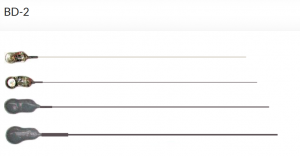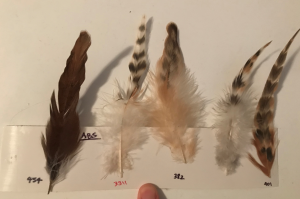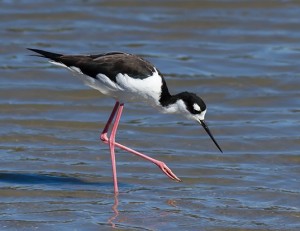Last Fall, a researcher approached a friend of mine with an interesting challenge. Hawaiian Black Necked Stilts (Ae’o) are an endangered bird native to the Hawaiian islands. They have a high rate of mortality early in their life and scientists are keen to find out why.
One of the most common ways to monitor birds is through the use of small, VHF transmitters secured to their body. Stilts are light birds and only the smallest transmitters can be attached without affecting their behavior. Efforts to attach these transmitters to newly hatched Stilts have led to inconsistent retention, muddling the data recorded by researchers.
A team of two other engineers and myself dug into the problem with a literature review of various transmitter attachment methods, discussions with the key stakeholder, and conversations with various contacts in industry. We brainstormed various attachment methods and down-selected on solutions that could be implemented on short and long term timelines. In the short term, we concluded that refinement of the current adhesive attachment procedure could result in more consistent transmitter retention if standardization was introduced. If this made attachment more consistent, it would provide much needed data from shortly after birth until fledge (when flight-capable feathers start growing in and push previously attached transmitters off).
 In the long term, we reasoned that an adjustable harness could be created by scaling down existing harnesses intended for larger birds. This would be an improvement beyond simply using adhesive and would allow consistent attachment from shortly after birth until past fledge.
In the long term, we reasoned that an adjustable harness could be created by scaling down existing harnesses intended for larger birds. This would be an improvement beyond simply using adhesive and would allow consistent attachment from shortly after birth until past fledge.
As of now, the project is still in progress as we attempt to put our short term solution in place before the March 2022 nesting season. Here is our current status:
- Material review complete
- Adhesive review complete
- Preliminary adhesive testing complete
- Adhesive test plan in progress
- Adhesive procedure “1-pager” in progress
- Future step: design and prototype adjustable harnesses
- Future step: work with key stakeholders to ensure current and future project support.
